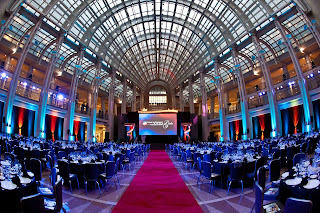Visit any sheriff’s office, police department, or federal law enforcement agency today and you are bound to meet men and women who are veterans from our most recent wars. This overlapping tradition of service has been a part of law enforcement since the very beginning. Law enforcement officers have served in every war since the American Revolution, and some veterans from every war have gone on to serve in law enforcement.
The two types of service have a number of similarities and also some major differences. Service to a larger cause, whether country or community, might be the single most important point of connection, but there are many others. In the sixth edition of Character and Cops, Edwin J. Delattre quotes extensively from a letter written by Deputy Chief Paul Ciesinski of the Hartford (CT) Police Department about his experience as a law enforcement officer and as an infantry brigade commander in Iraq in 2005-2006. Ciesinski noted that one of the benefits police officers have in the military is that they are “emotionally tolerant of the idea that other people will try to hurt and kill them.” His law enforcement training in the use of force was both a detriment and a benefit to him in Iraq. “I had to suppress use-of-force rules I learned and internalized for a decade and a half as a police officer…[but] it was a benefit because the type of war we were fighting, a counterinsurgency, inherently called for restraint in the use of force compared to other types of war.”
This November as our nation honors and remembers the veterans of all our wars, the National Law Enforcement Museum would like to hear from the many law enforcement officers who have also served in the military. Tell us your story in the "Post a Comment" section below.
To start you off, here’s the story of a veteran who fought for his country 150 years ago and who went on to a distinguished career in law enforcement.
 Webber Seavey
Webber Seavey
Webber Seavey was a Nebraska native who enlisted in the Army at the start of the Civil War when he was 20 years old. He was assigned to Company H, 5th Iowa Cavalry and served with the 5th through the entire four years of the war. Seavey and his regiment joined the many other Westerners who marched with U.S. General William T. Sherman through Georgia. He participated in numerous skirmishes and battles and escaped from Confederate Prisons (one of which was the infamous Andersonville) twice. During those four years, he was gradually promoted from the rank of private to captain.
After the war, Seavey traveled the world and made his fortune, finally returning to his native Nebraska in the 1880s. In 1887, he was appointed Chief of the Omaha Police Department.
 |
| This pamphlet published by Seavey in 1910 describes his allegiances to both military and law enforcement. Library of Congress |


























